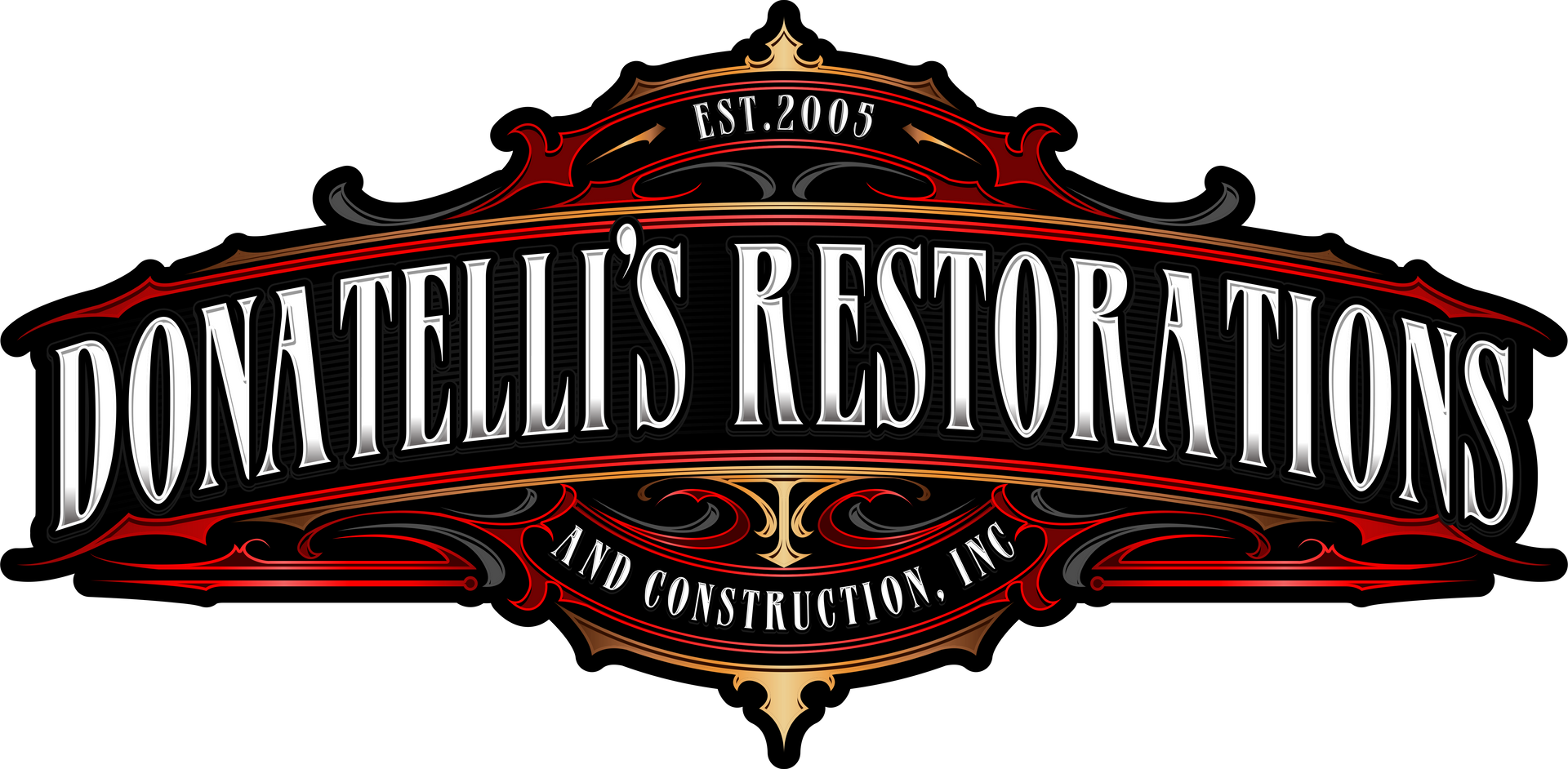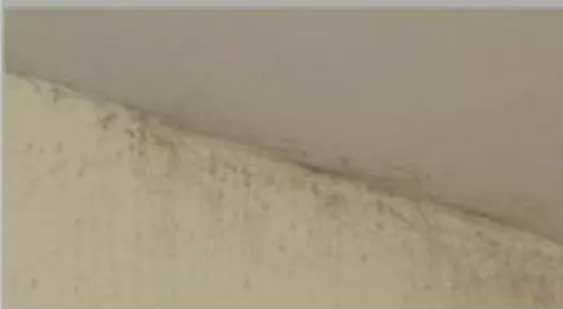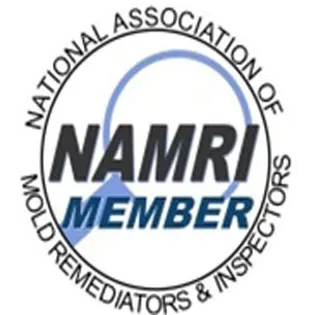Understanding Black Mold - Remediation Tips and Guide which includes Los Angeles, CA, Orange County, CA, & San Fernando Valley, CA
Essential Information You Should Know About Black Mold
Commercial Mold Remediation
Besides causing a major business interruption, a mold problem can present a serious health risk for people exposed to your commercial property. Mold infestations can be caused by minor water intrusions, like a slow roof leak or loose plumbing fitting. Every hour spent cleaning up is an hour of lost revenue and productivity. If you suspect your property has a mold problem, call us, and we will respond quickly and work fast to manage the situation.
Commercial Mold Remediation Presents Unique Challenges
Mold can spread quickly through a property if left untreated. Our professionals can respond quickly, working to first contain the infestation to help prevent its spread to other parts of the building. Next, they will begin the remediation process, working safely and effectively to manage the situation. We have the training, experience, and equipment to contain the mold infestation and remediate it to pre-loss condition.
We Employ Professionally Trained:
Applied Microbial Remediation Specialists
Water Damage Restoration Technicians
Applied Structural Drying Technicians
Odor Control Technicians
Upholstery and Fabric Cleaning Technicians
What Is Black Mold?
- Stachybotrys Chartarum is the type of mold often called "black mold" or "toxic mold."
- Sensational news reports warn about the dangers of black mold, and these stories can be alarming and confusing.
- Any mold in your home should be treated with caution — stay out of affected areas and don't touch or disturb the mold.
Understanding the Mold Remediation Process
Step 1: Contact Us
The mold cleanup and restoration process begins by contacting us. We will ask a series of questions to help us determine the necessary equipment and resources.
Step 2: Inspection and Mold Damage Assessment
We will carefully inspect your property for visible signs of mold. Mold feeds on cellulose and water and can be hidden from plain view.
Step 3: Mold Containment
We use various containment procedures to prevent the spread of mold. All fans and heating and cooling systems will be turned off to prevent the spread of mold.
Step 4: Air Filtration
Our specialized filtration equipment allows us to capture microscopic mold spores out of the air. We utilize powerful "air scrubbers" and HEPA vacuums to prevent the spread of these mold spores while mold remediation is in process.
Step 5: Removing Mold and Mold-Infested Materials
The mold remediation process depends on the amount of mold growth and the types of surfaces on which the mold appears. We use antifungal and antimicrobial treatments to eliminate mold colonies and to help prevent new colonies from forming.
Step 6: Cleaning Contents and Belongings
We clean your furniture, decorative items, curtains, clothing, and other restorable items affected by mold.
Step 7: Restoration
Depending on the level of mold damage, drywall, subfloors, and other building materials may be removed and may involve minor repairs.
Mold Remediation
Any home or business can quickly become infested with mold with the introduction of a water source, like a roof or plumbing leak. Mold can spread throughout a property in as little as 48-72 hours and can produce allergens and irritants that have the potential to cause other health effects.
If you suspect that your home or business has a mold problem, we can inspect and assess your property. If mold is found, we have the training, equipment, and expertise to handle the situation.
Understanding Mold
Microscopic mold spores exist almost everywhere, outdoors and indoors, making it impossible to remove all mold from a home or business. Some restoration businesses advertise "mold removal" and even guarantee to remove all mold, which is a fallacy.
Consider the Following Mold Facts:
- Mold is present almost everywhere, indoors and outdoors.
- Mold spores are microscopic and float along in the air. They may enter your home through windows, doors, or AC/heating systems or even hitch a ride indoors on your clothing or on a pet.
- Mold spores thrive on moisture. Mold spores can quickly grow into colonies when exposed to water.
- Before mold remediation can begin, any sources of water or moisture must be addressed. Otherwise, the mold may return.
- Mold often produces a strong, musty odor and can lead you to possible mold problem areas.
- Even higher-than-normal indoor humidity can support mold growth. Keep indoor humidity below 45 percent.
Mold Damage Emergency Tips
What You Can Do Until Help Arrives
In as little as 48 hours, mold can quickly become a problem in your home or business when there's a water intrusion, like a roof leak or leaking water line. Mold can cause health effects and can also cause significant damage to your property.
Our professionals have the training, protective gear, and specialized equipment necessary to handle your mold problem.
If you have a mold problem in your home or business, your primary focus should be safety:
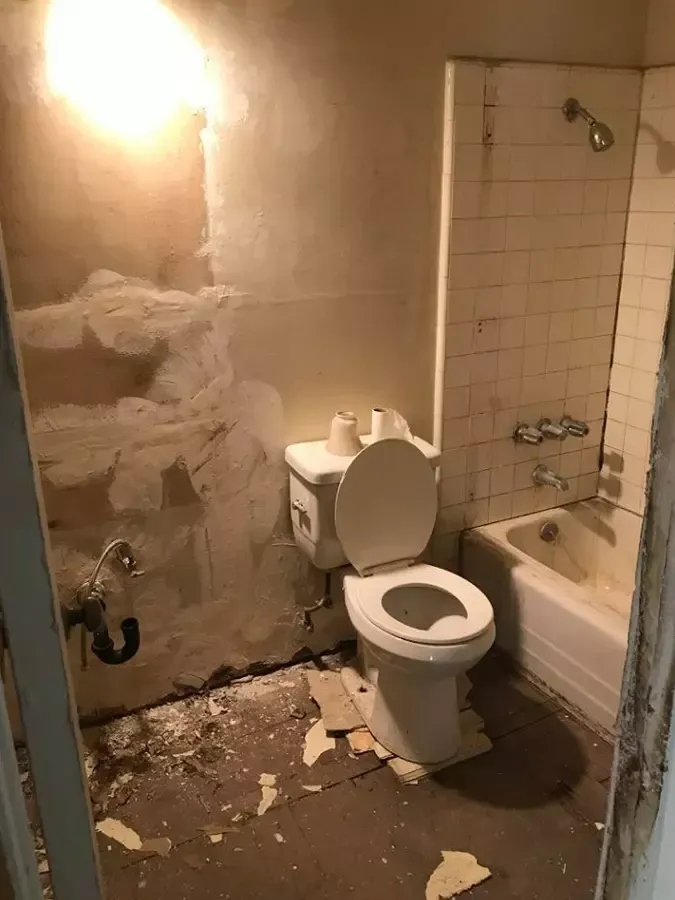
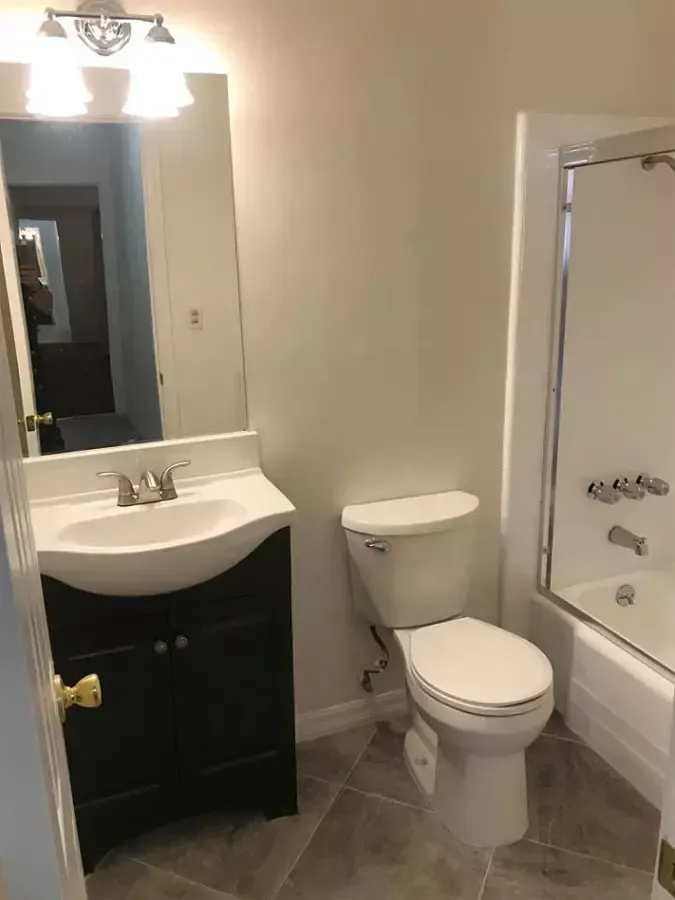
What to Do:
- Stay out of affected areas.
- Turn off the HVAC system and fans.
- Contact us for mold services.
What Not to Do:
- Don't touch or disturb the mold.
- Don't blow air across any surfaces with visible or suspected mold growth.
- Don't attempt to dry the area yourself.
- Don't spray bleach or other disinfectants on the mold.
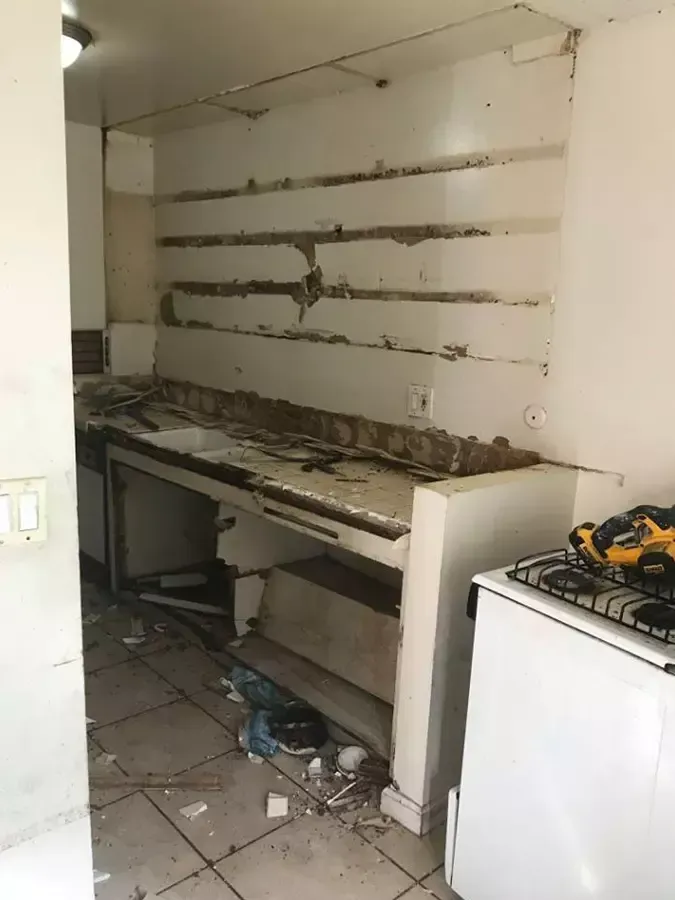
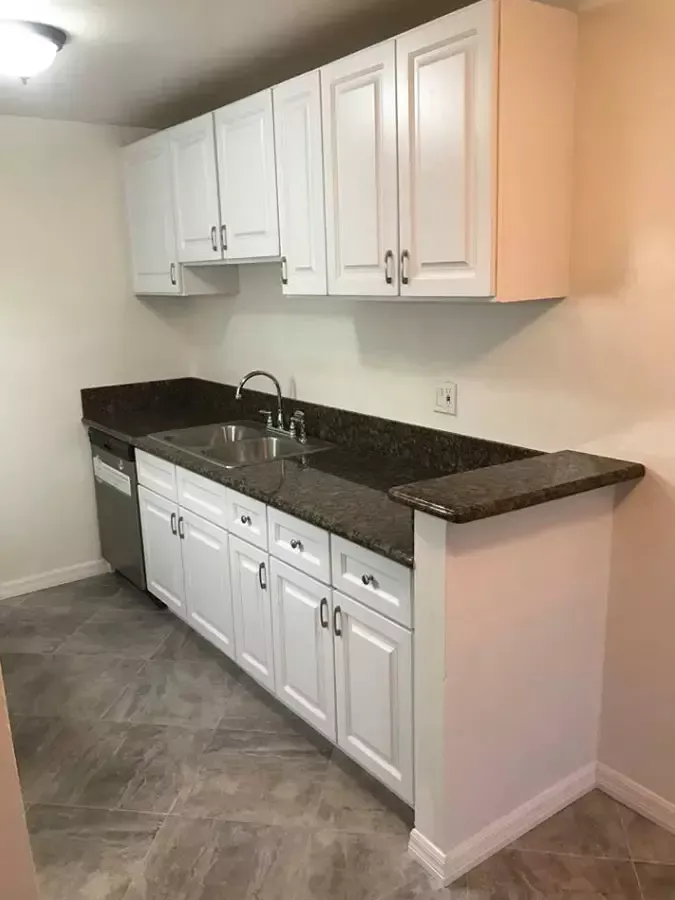
Prioritize your health. Call (888) 432-4595 for Donatelli Construction's expert black mold remediation and restoration services.
